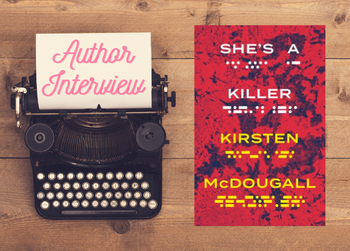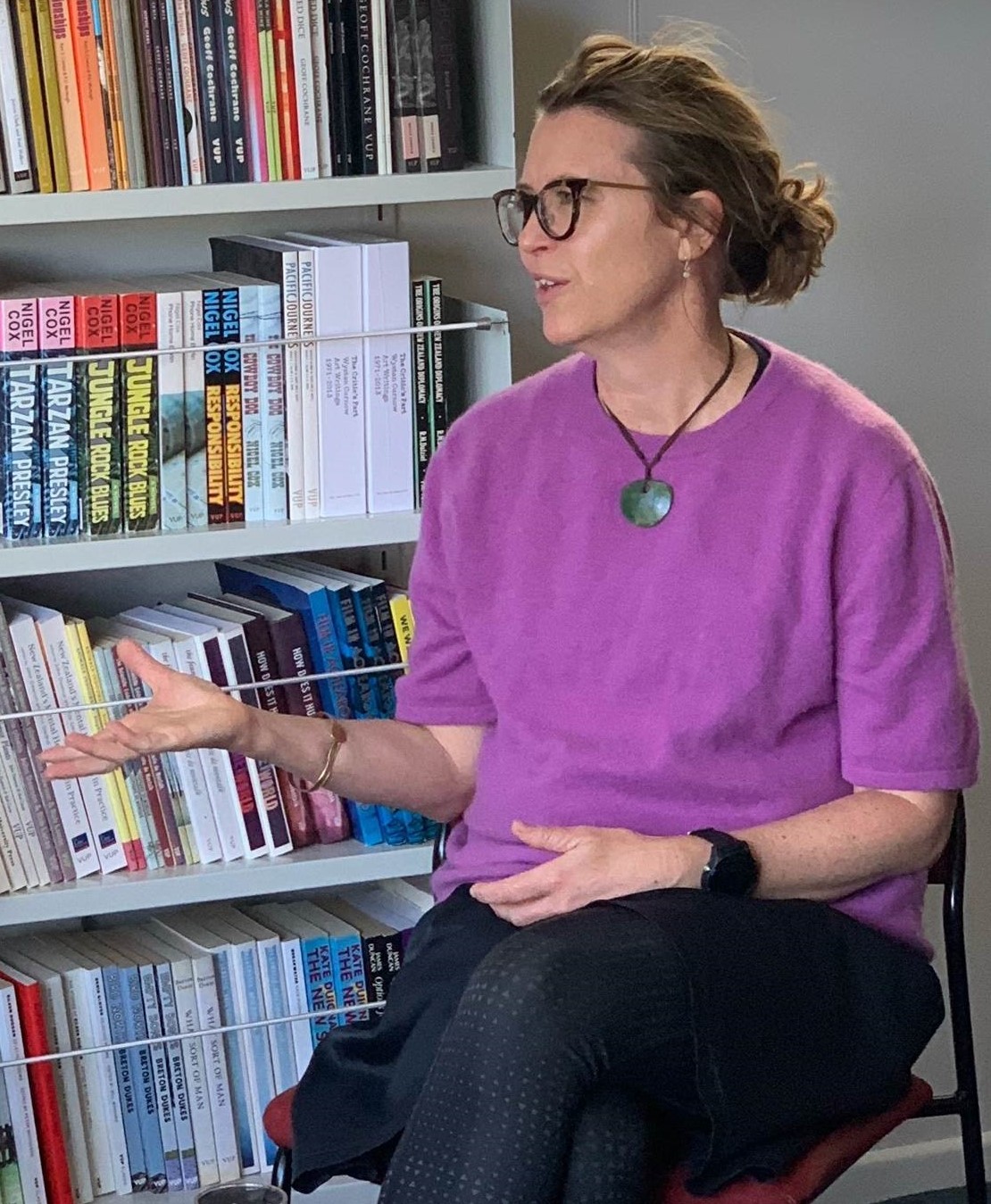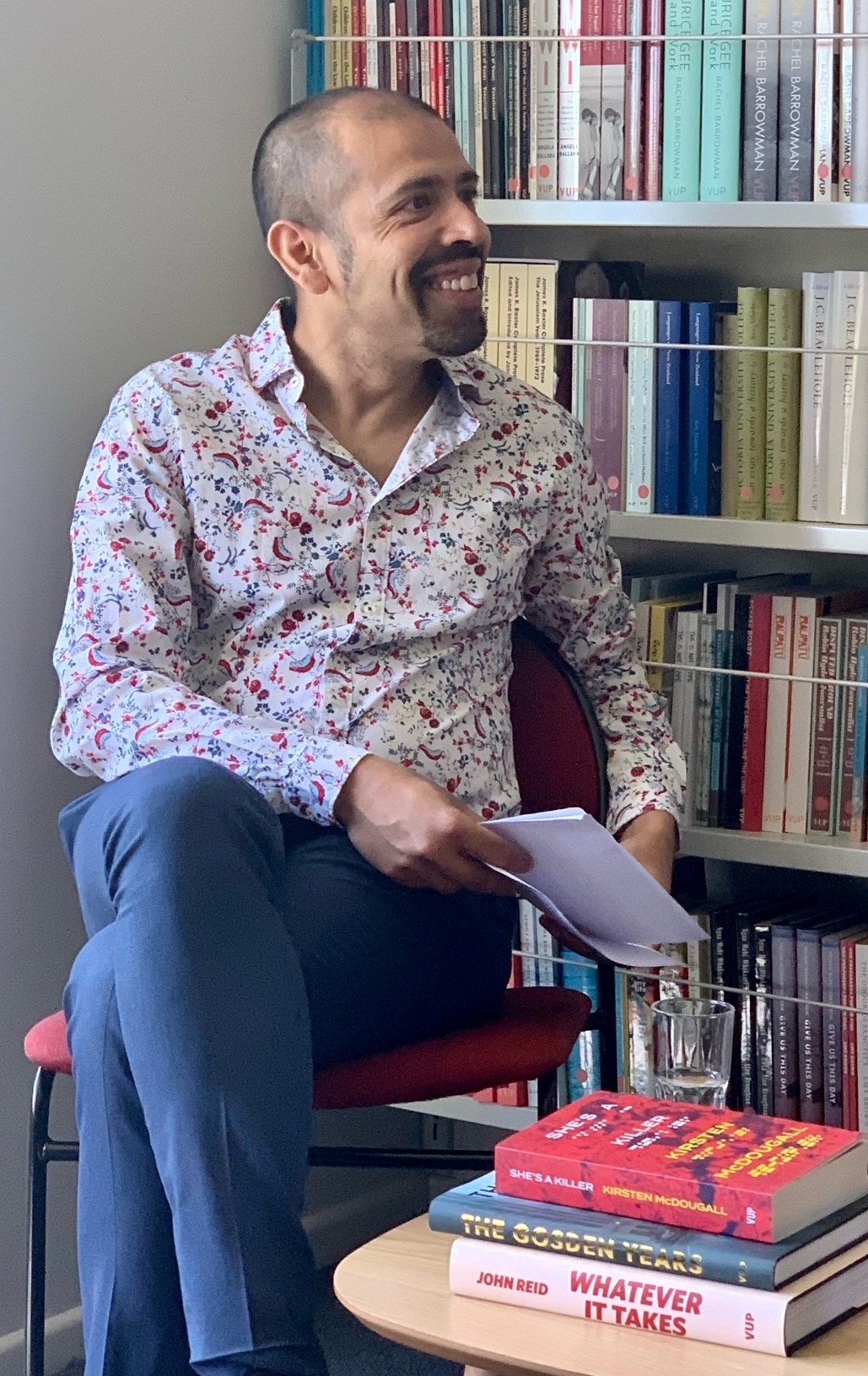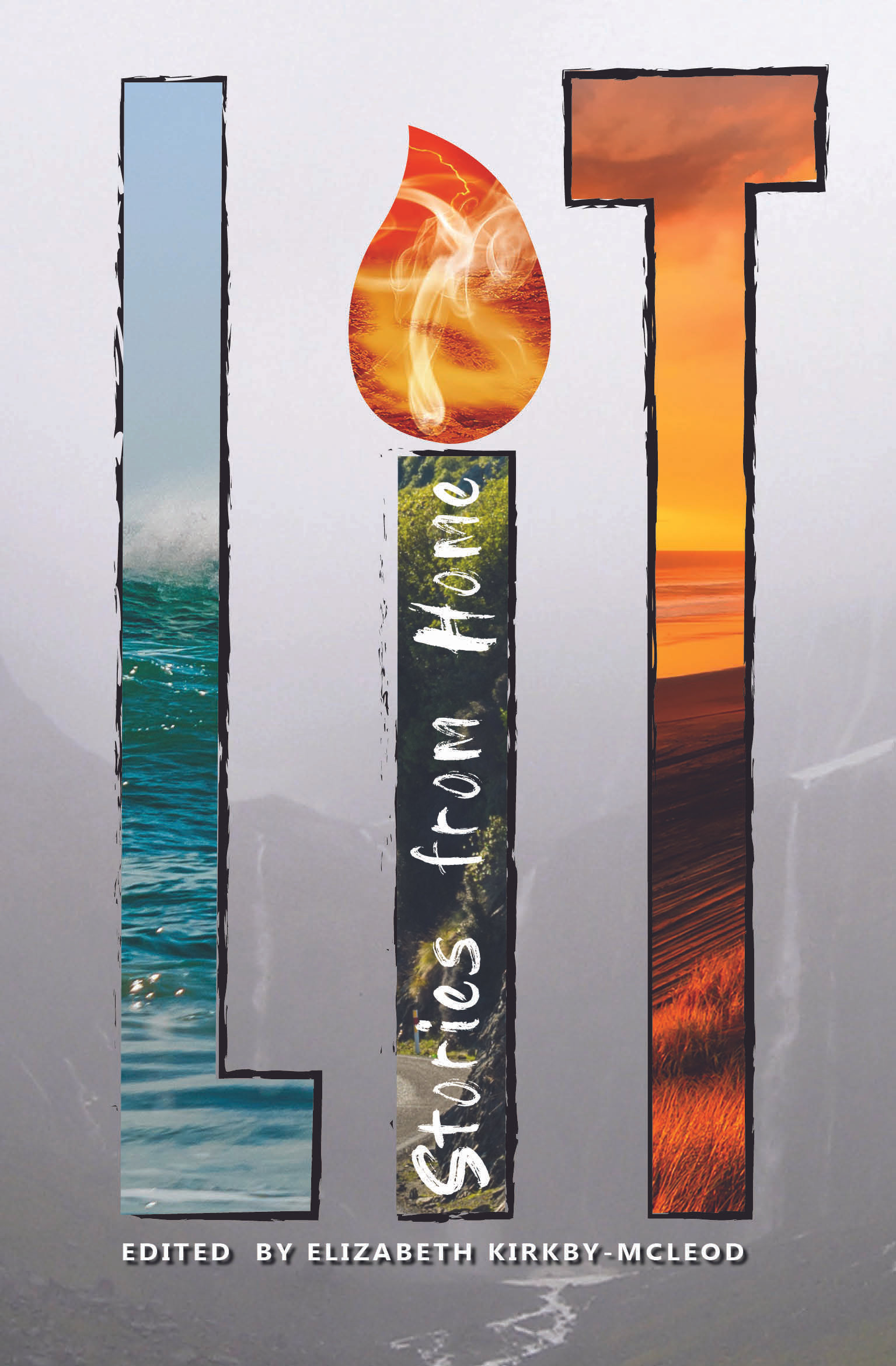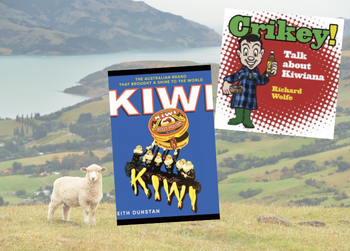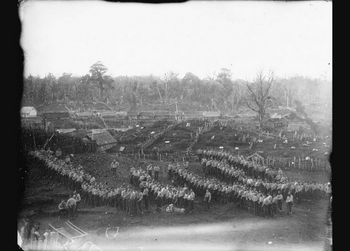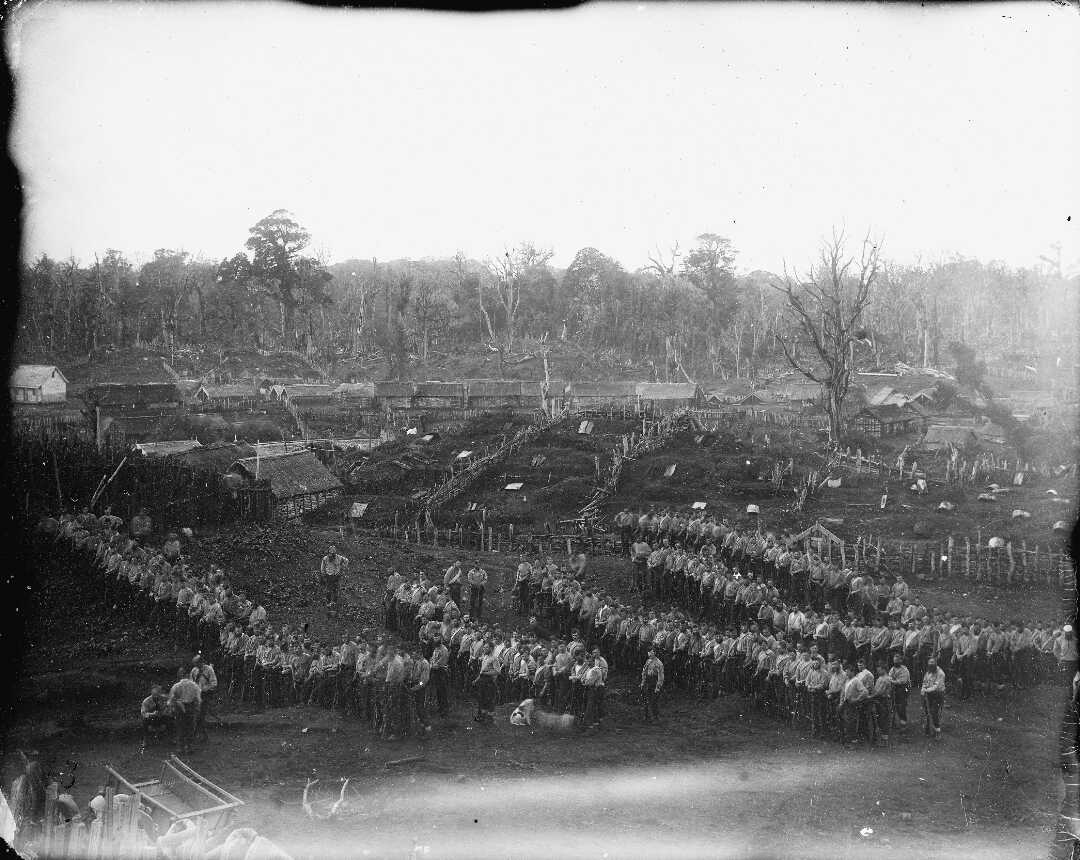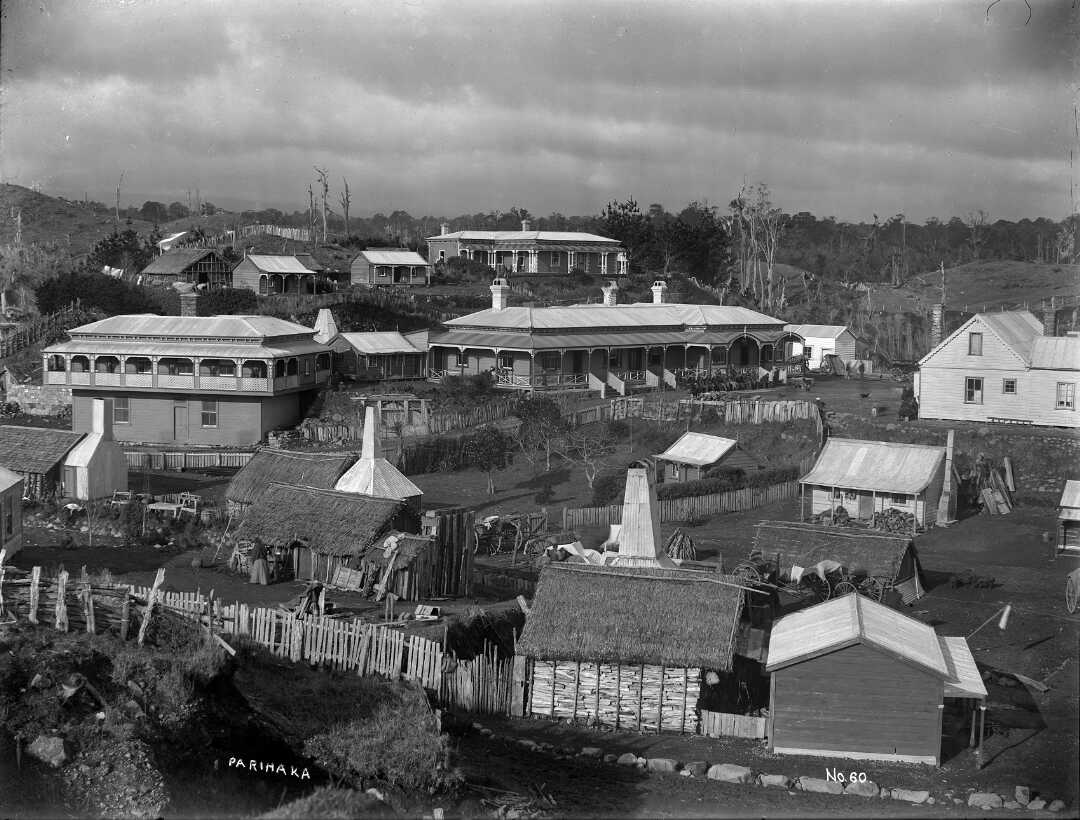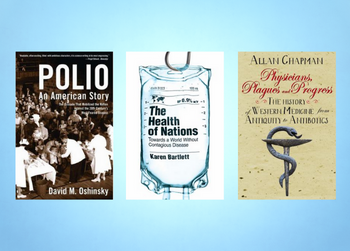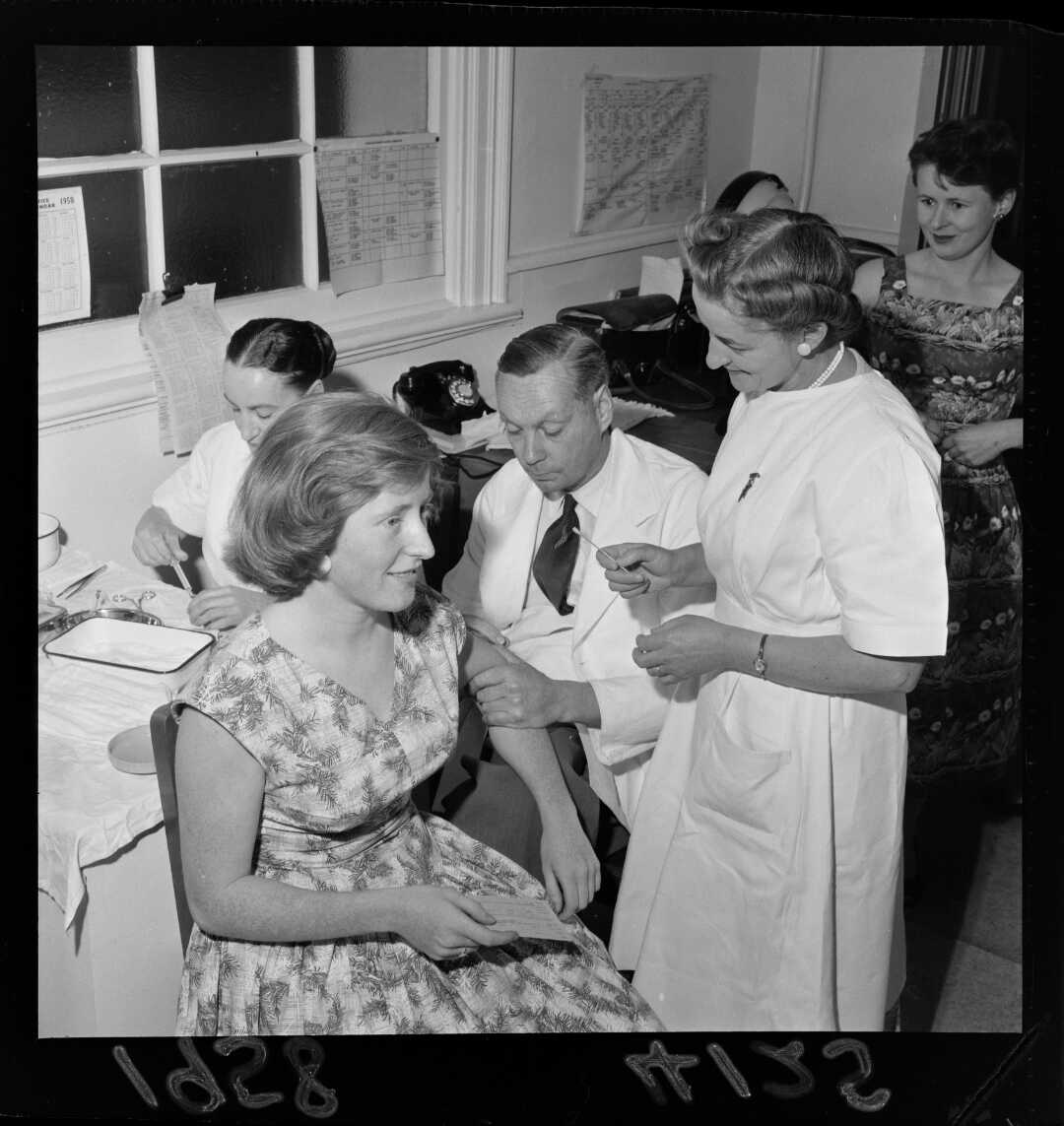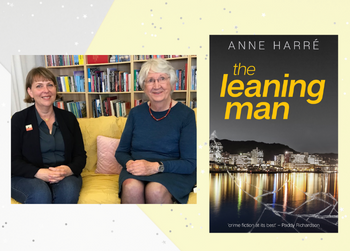From time to time, we may stop and cherish the beautiful sceneries around us. Thanks to these artists who freeze the beautiful moments onto canvas, now we can cherish New Zealand scenery along with the rest of the world. This blog also includes artists’ work using different techniques.
Looking for the light : landscape photographs of New Zealand / Latham, Peter
“New Zealand born landscape photographer presents this epic collection of his most popular gallery fine-art prints, together with numerous new images of the New Zealand landscape. Peter’s poetic eye and unique presentation has earned him a coveted reputation in the elusive art market. ” (Adapted from the Catalogue)
Grahame Sydney : paintings 1974-2014 / Sydney, Grahame
“Grahame’s paintings of the Central Otago landscape and the wider South Island are known and loved by large numbers of New Zealanders at home and abroad, and have become touchstones that reflect the depth of feeling many people have for this country. His work now spans over four decades and encompasses oils, watercolours, egg tempera, lithographs, etching, photography and film. (Adapted from the catalogue)
Van der Velden : Otira / Vangioni, P. J.
“Petrus van der Velden is one of New Zealand’s keystone artists, and this sumptuous publication brings together major examples of his ground-breaking Otira series from public and private lenders throughout New Zealand. It highlights the manner in which van der Velden’s art has resonated throughout the twentieth and into the twenty-first century.” (Adapted from the Catalogue)
Drawing the Waitakere Coast / Binney, D. H.
“In 2008, painter Don Binney completed 24 charming coloured pencil drawings of Auckland’s West Coast, from Huia to Te Henga (Bethells). They are evocative of the coast so many New Zealanders love and they are magnificent works in themselves. They are accompanied by text commenting on the landmarks shown in each of the drawings. “(Catalogue)
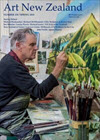 Art New Zealand.
Art New Zealand.
“Art New Zealand is the major visual arts journal in New Zealand. First published in 1976, it has consistently surveyed New Zealand’s contemporary art with rigour and professionalism. It is essential reading and reference for those interested in New Zealand art. Its place in the art world is secure and its reputation is unequalled.” (Publisher’s website)
Artists’ impressions of New Zealand
“Denis Robinson’s latest offering is something of an artist’s road trip around New Zealand. There is a wide variety of techniques displayed in the work, and often this seems related to place, like central Otago, which attracts oil painters than Wellington, where watercolourists dominate the painting landscape. Denis Robinson has once again achieved a portfolio of striking artworks that not only demonstrates the deep well of artistic talent in this country, but also reflects the scenic beauty that surrounds us.” (Adapted from the Catalogue)


